We may earn money or products from the companies mentioned in this post. This means if you click on the link and purchase the item, I will receive a small commission at no extra cost to you ... you're just helping re-supply our family's travel fund.
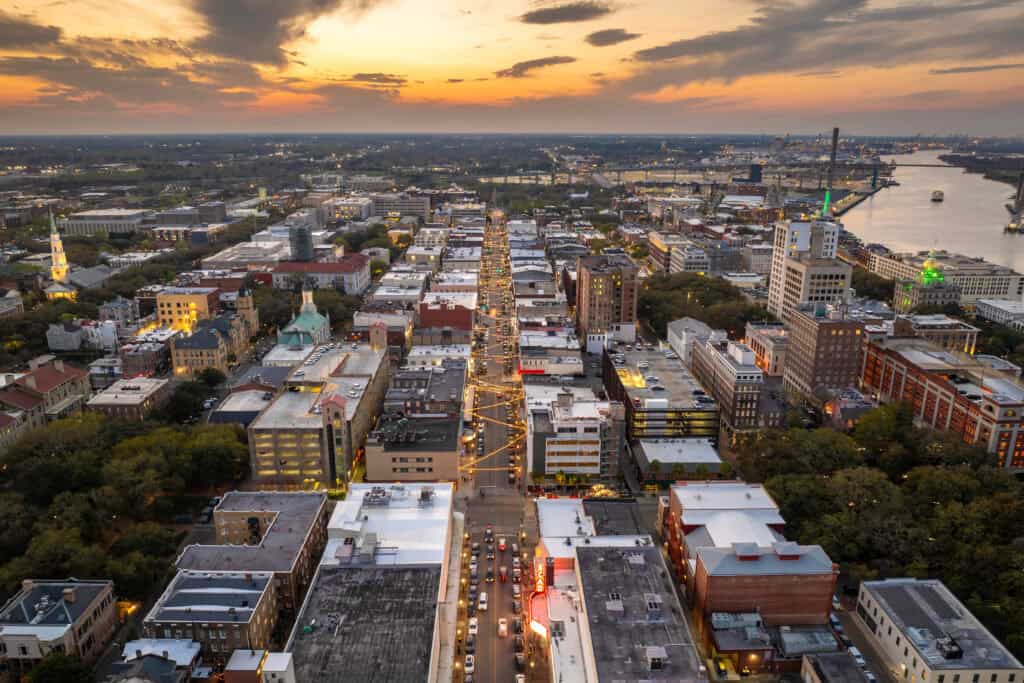
Historic neighborhoods make quick trips feel grounded. Brick lanes, corner markets, and stoops invite slower mornings, while museums and cafés keep afternoons full without rushing. Staying inside preserved cores reveals how cities breathe after day-trippers leave. Church bells set the clock, small theaters light up, and bartenders remember faces by night two. What this really delivers is texture: groceries in a tote, recipes overheard in line, and streets that connect monuments to ordinary life in a few, walkable blocks.
Savannah Historic District, Georgia
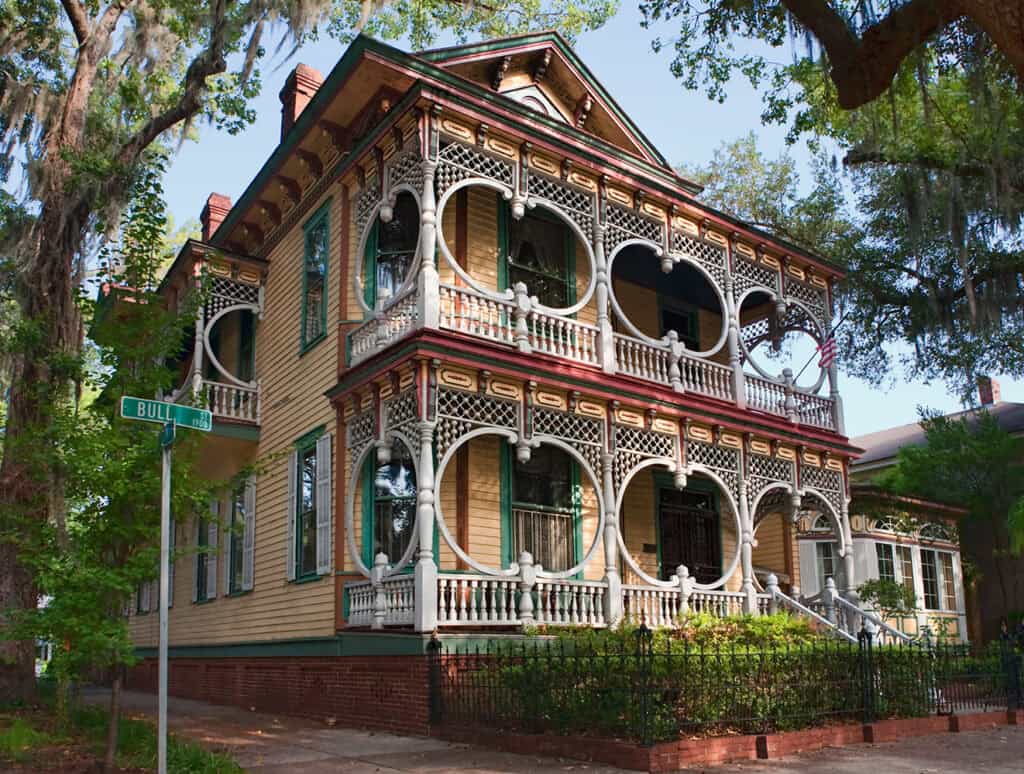
Live oaks lace together 22 leafy squares, where benches become front porches and house museums turn architecture into biography. Morning walks weave from the riverfront to quiet lanes lined with wrought iron and gingerbread trim. By dusk, stoops fill with conversation, and supper clubs, bakeries, and tiny bars hold court on corners. The rhythm feels neighborly and unhurried, with cemeteries, galleries, and bookstores stitched into a grid that rewards curiosity more than speed.
French Quarter, New Orleans, Louisiana
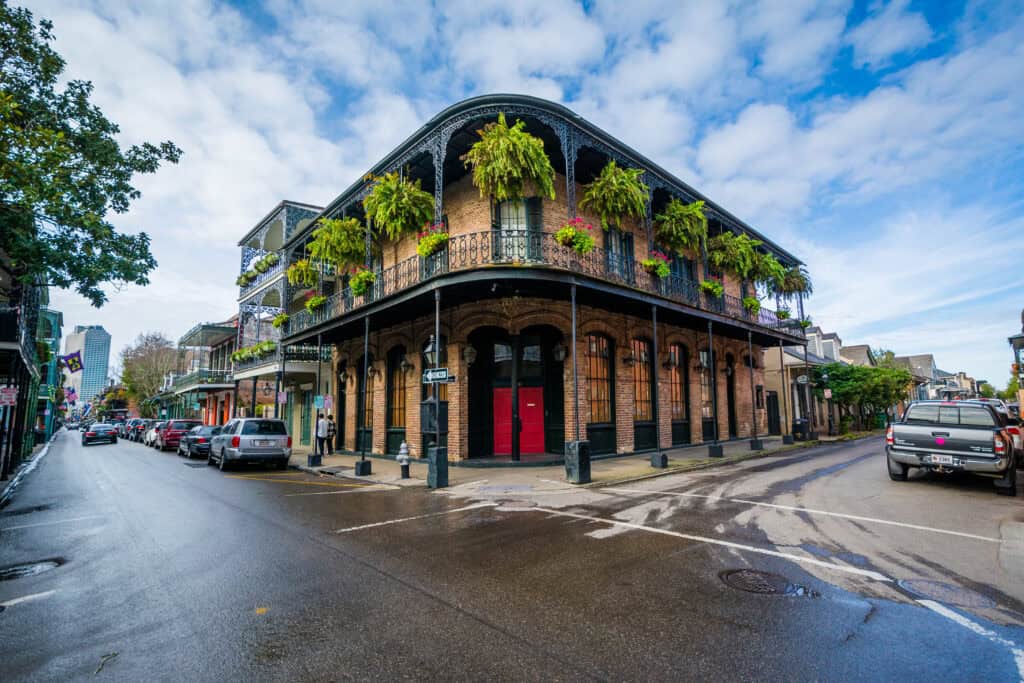
Beyond brass bands and balconies, the Quarter still runs on errands and routines. Grocers stack produce under arcades, courtyards whisper with fountains, and churches anchor the week. Mornings belong to coffee and beignets, afternoons to antiques and small museums that outnumber the headline acts. As evening cools, stoops become living rooms, musicians trade sets across blocks, and kitchens plate gumbo beside oysters on crushed ice. Daily life hums beneath the show, steady and hospitable.
Old San Juan, Puerto Rico
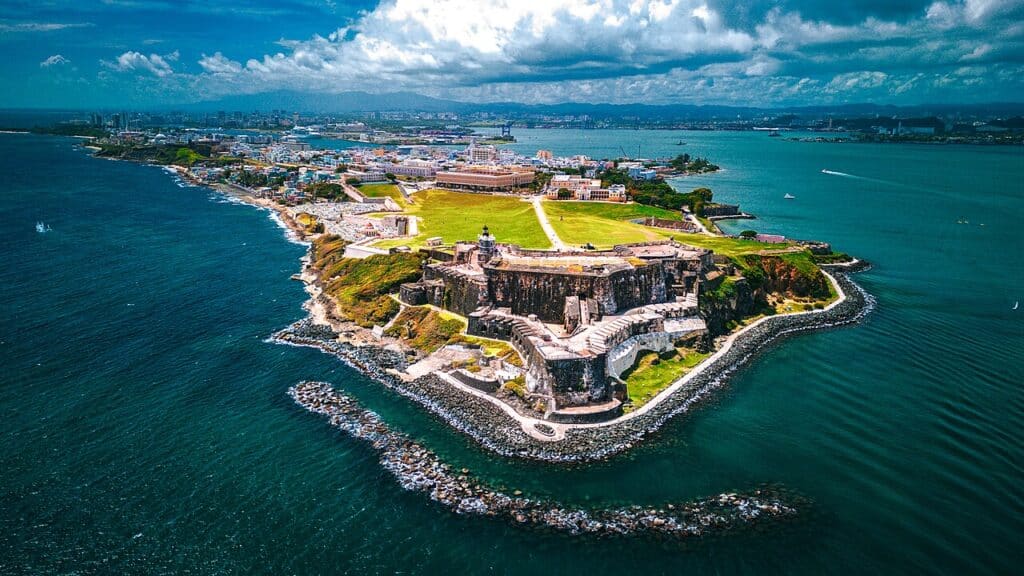
Blue cobblestones guide loops past sherbet-colored facades, fortress walls, and family bakeries perfuming the air with mallorcas. Residents chat from balconies, kids kick soccer in tiny plazas, and corner bars pour rum alongside hot croquetas. Museums frame Taino to colonial timelines without rushing the visitor. As trade winds pick up, cats stretch on sun-warmed steps, and dinner slides late, shared across tables that mix neighbors, artists, and sailors under a sky that stays warm after dark.
Beacon Hill, Boston, Massachusetts
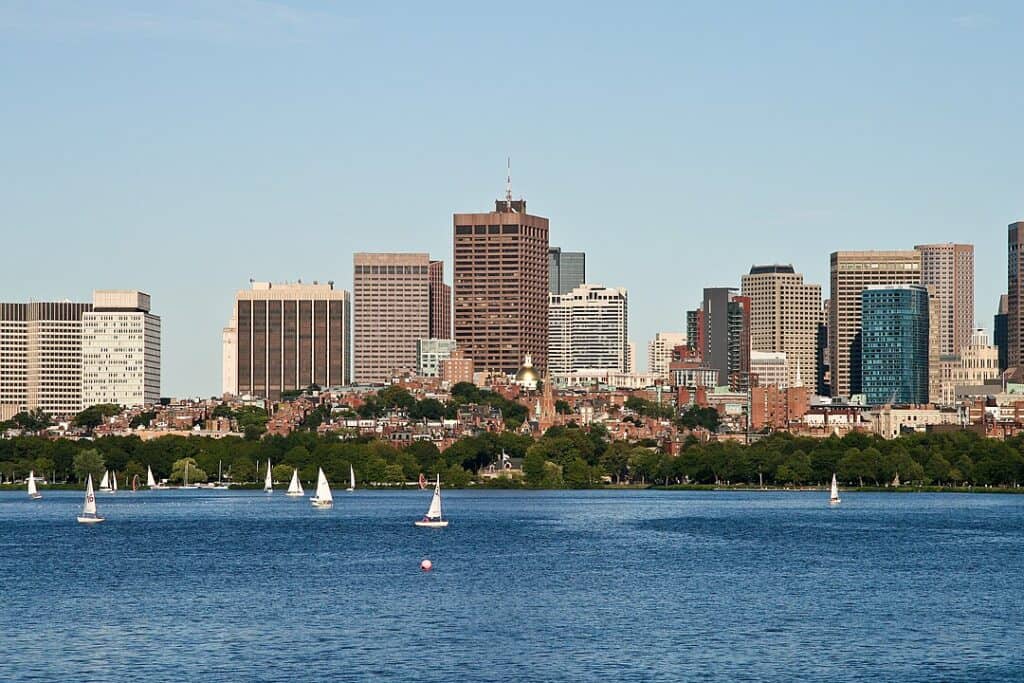
Gas lamps, brick sidewalks, and bowed rowhouses set an intimate stage for everyday errands. Corner groceries still wrap cheese in paper, and narrow lanes funnel to the Common for dog walks and picnics. Literary ghosts linger in small bookstores, while brownstone stairs double as seats for coffee and chat. Nights favor bistros with chalkboard menus and steady regulars. The scale is domestic and civilized, making even a short weekend feel like a brief tenancy.
Old City, Philadelphia, Pennsylvania
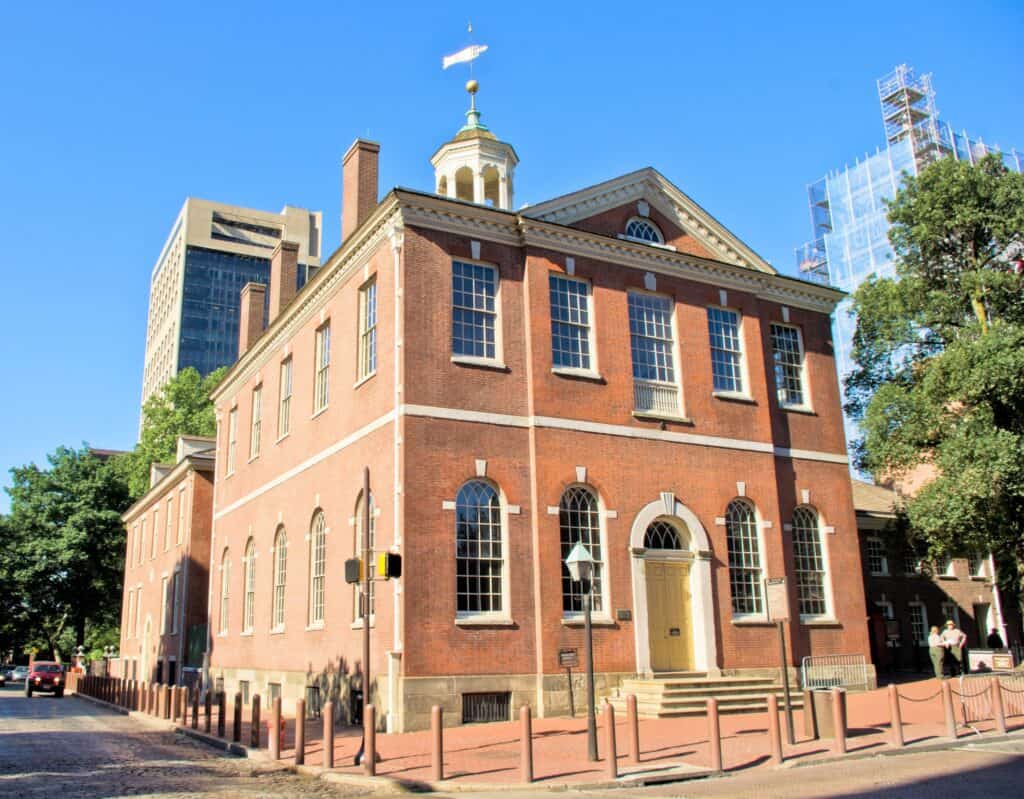
History and habit coexist between galleries, print shops, and late-night slice counters. Mornings touch Independence Hall, but afternoons belong to design studios, pocket parks, and alehouses that predate most trends. Locals talk murals, not just monuments, and weekend markets load bags with bread, pickles, and cheese. By evening, theater lights blink on, and quiet cobbles lead home past brick that remembers every footfall. The district reads as lived-in civics, practical and proud.
Georgetown, Washington, D.C.
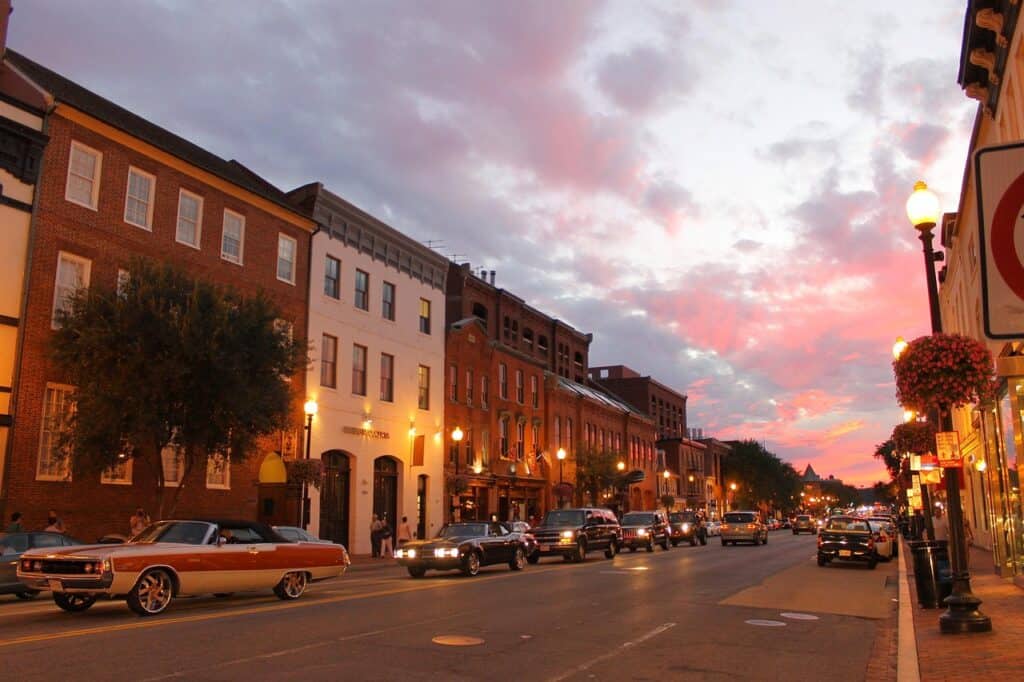
C&O Canal towpaths, college bells, and riverside rowing lend structure to days shaped by errands more than agendas. Federal-era facades hide lively interiors: coffee roasters, vintage shops, and tiny bakeries tucked into alleys. Rowhouses keep windows glowing by early evening, while taverns and wine bars gather neighbors without flash. The Potomac rounds out the picture with long sunsets and mile-long strolls. History provides backbone; everyday rituals supply the ease.
Charleston Historic District, South Carolina
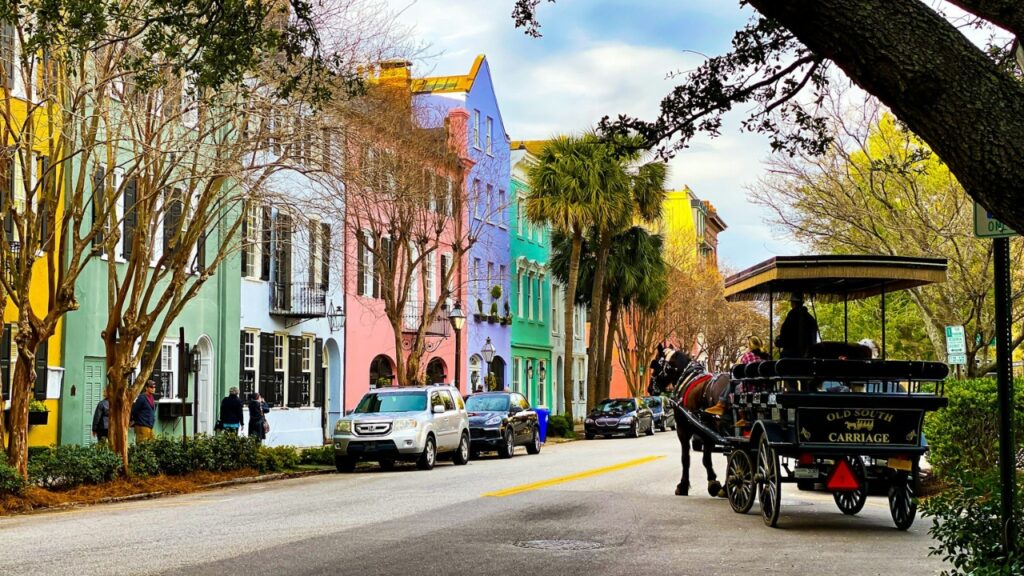
Piazzas, palmettos, and church steeples define a skyline scaled to conversation. Morning farmers markets fill baskets, then quiet streets invite detours past gardens peeking through wrought iron. Gullah Geechee culture, house museums, and dockside kitchens keep stories honest and flavors deep. By twilight, cobbles echo with carriage wheels and laughter rising from porch dinners. The district’s grace feels earned, maintained by rituals of care from gardeners, cooks, and guides who know every corner.
Santa Fe Plaza Historic District, New Mexico
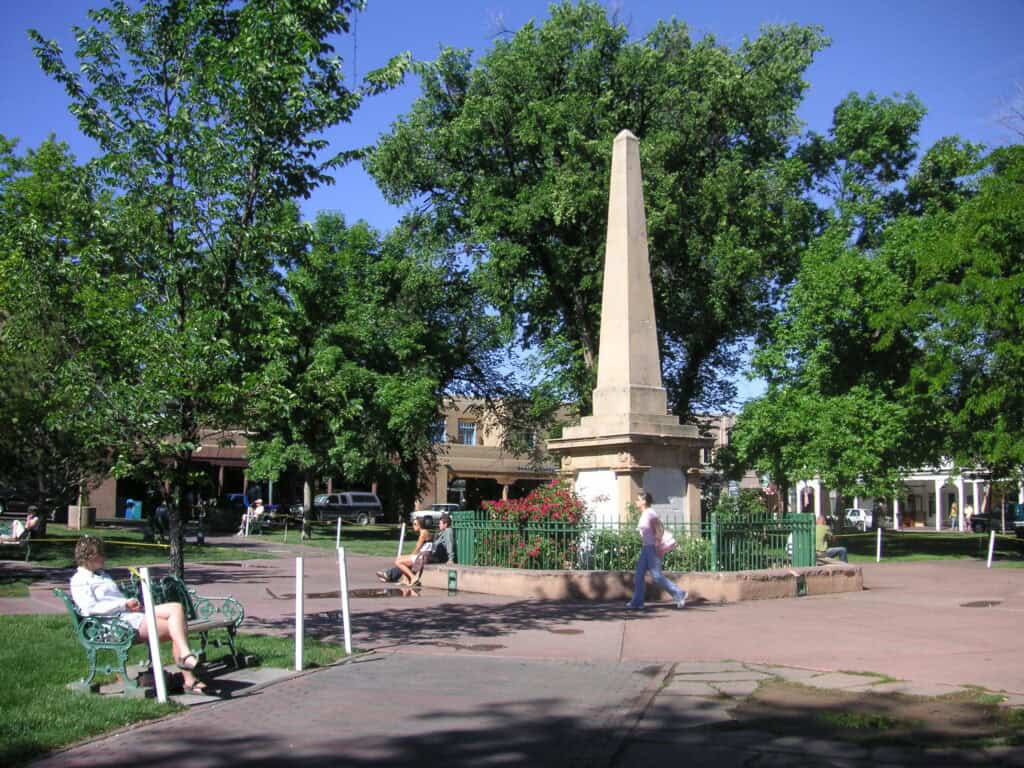
Adobe walls hold cool air and long memory around a plaza that operates like a living room. Artists lay blankets beneath the Palace of the Governors, cafés pour pinon-scented coffee, and galleries thread canyon light into paintings. Green chile appears at breakfast and dinner, binding days with heat and comfort. Evenings stretch into courtyard music and slow walks under stars big enough to pause conversation. The cadence is thoughtful, sunlit, and gently ceremonial.
Ybor City, Tampa, Florida
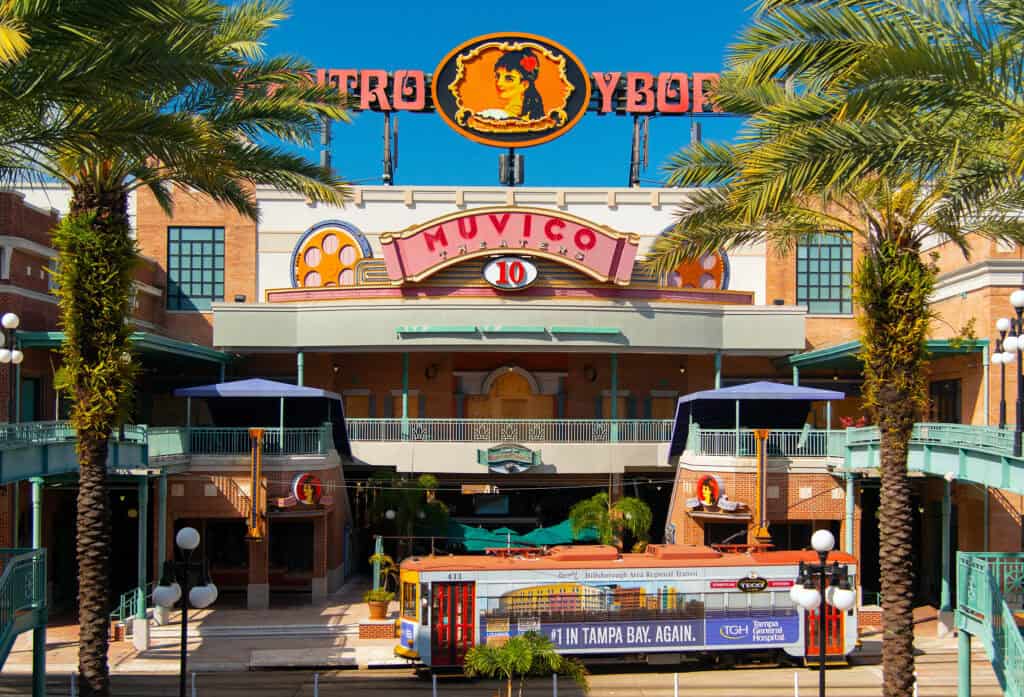
Brick streets and iron balconies recall cigar days that still flavor the present. Cuban coffee windows open early, roosters strut through alleys, and sandwich counters stack pressed loaves with mustard and mojo. Murals, clubs, and small theaters pick up after dark, but daytime routines carry the heart: domino tables, tailoring shops, and a museum that treats labor as heritage. Staying nearby turns nightlife into neighborhood, anchored by aromas of tobacco, espresso, and garlic.
Old Sacramento Waterfront, California
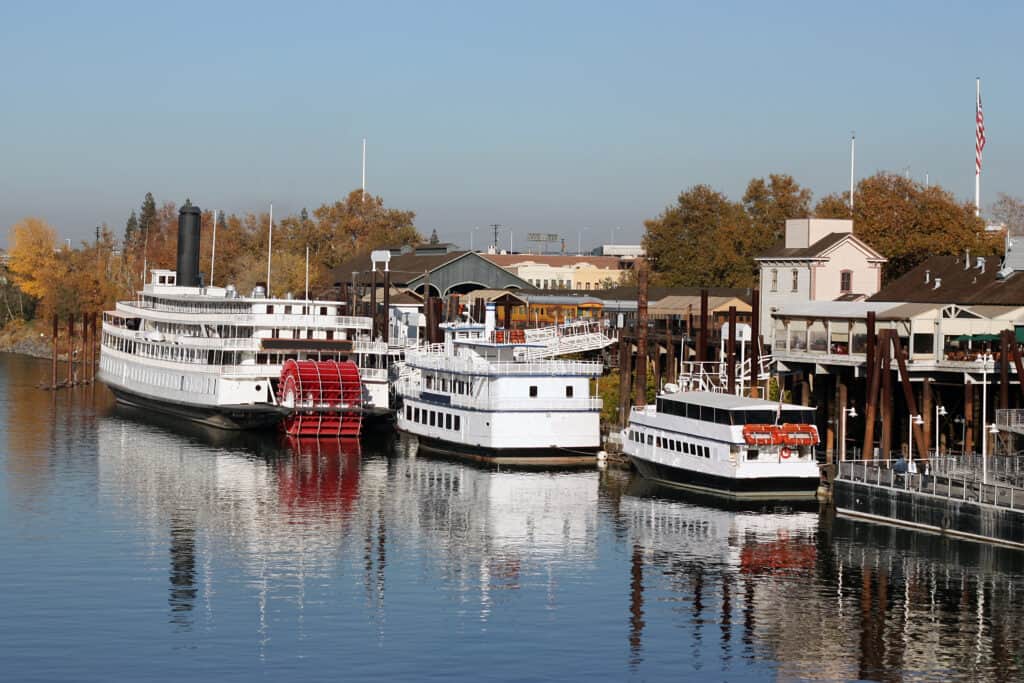
Boardwalks and brick warehouses overlook a river that still moves freight and stories. Streetcars ring, museums explain rails and steam, and candy shops share blocks with serious pubs and indie boutiques. Mornings find joggers on the levee and baristas at work; afternoons bring paddlewheelers and kids wide-eyed in history galleries. Sunset warms the timbers, and dinner leans toward steaks, local beer, and pie. The past isn’t staged; it’s incorporated into daily errands and easy loops.
St. Augustine Historic District, Florida
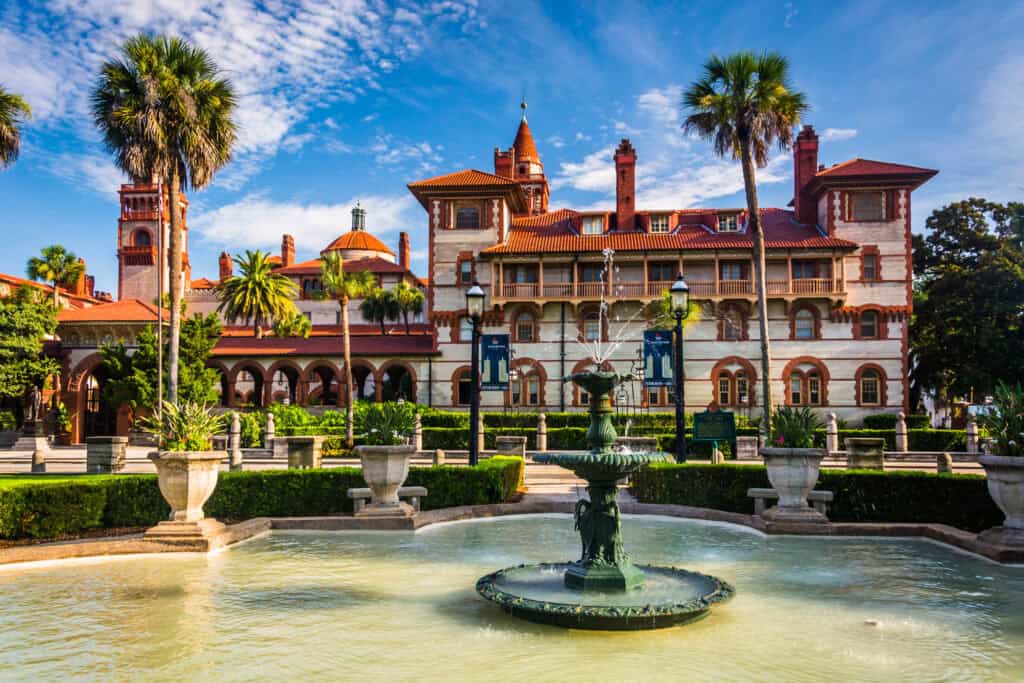
Coquina walls, plazas, and a lighthouse frame routines that predate many states. Bakeries serve cafecito and guava pastries, while courtyards hide folk music sessions and storytelling nights. Castillo ramparts offer breezy walks, and side streets reveal studios, bookshops, and kitchens swapping recipes across Spanish, Minorcan, and Afro-Caribbean traditions. Even with visitors around, mornings stay calm and neighborly. The district keeps time at human scale, respectful of age, but fully alive.